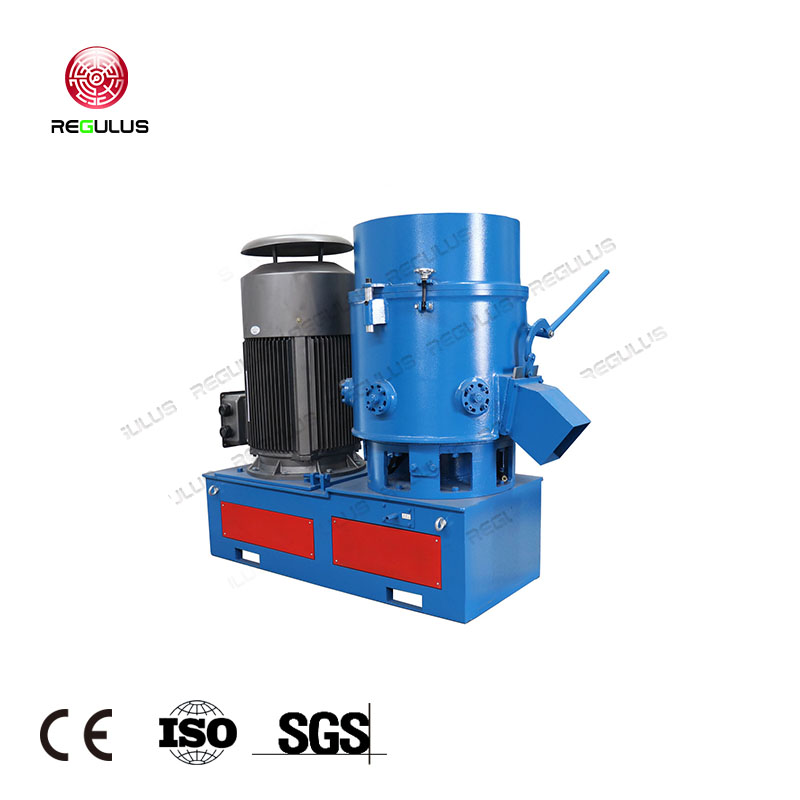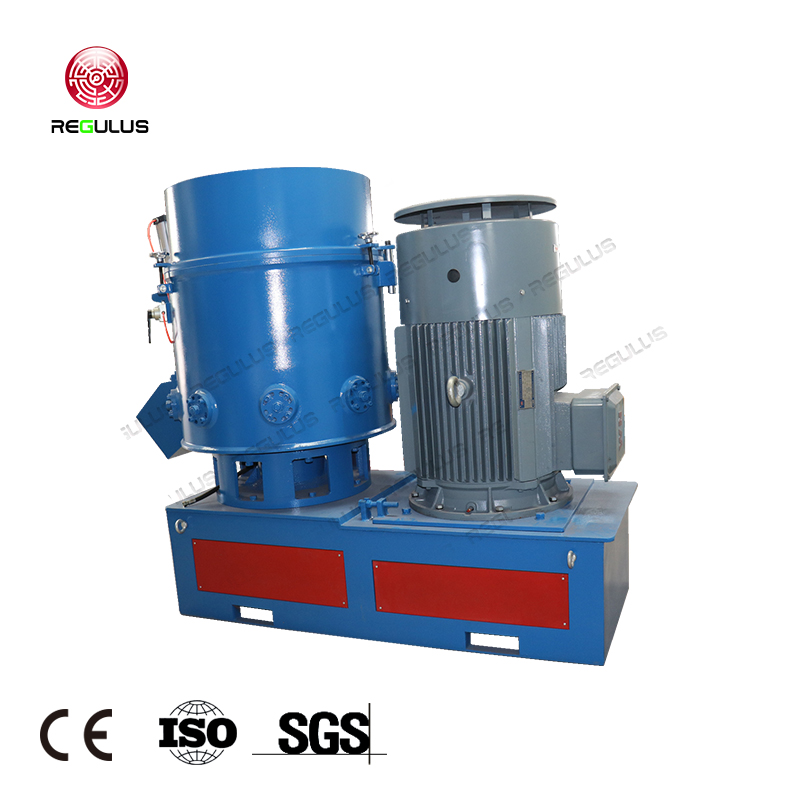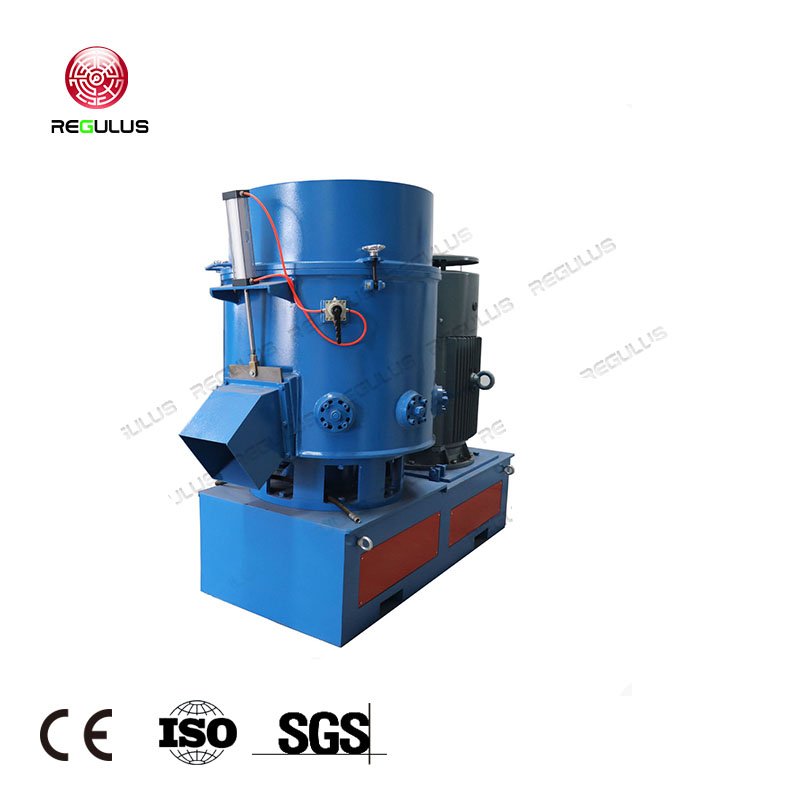
Introduction
Plastic waste poses a significant challenge to our environment and requires innovative solutions for effective management. The plastic agglomerator machine has emerged as a game-changing technology in the recycling industry. This advanced equipment is designed to convert plastic waste into agglomerates or compacted masses, streamlining the recycling process and creating opportunities for resource recovery. In this article, we will explore the functionalities, benefits, and applications of the plastic agglomerator machine.
Understanding the Plastic Agglomerator Machine
The plastic agglomerator machine is a specialized device that converts plastic waste into agglomerates by heating and compacting the material. It utilizes a combination of heat, friction, and mechanical force to transform plastic waste into denser, more manageable forms. The machine typically consists of a rotating drum or chamber, heating elements, a cooling system, and a discharge mechanism.
Key Processes
Feeding: Plastic waste is loaded into the agglomerator machine's feeding system, either manually or through automated mechanisms. The machine ensures a controlled and continuous flow of plastic waste into the processing chamber.
Heating and Compaction: Once inside the machine, the plastic waste is subjected to heat and mechanical force. The rotating drum or chamber agitates and tumbles the plastic, facilitating heat transfer and friction. The combination of heat and mechanical action softens and melts the plastic, enabling compaction and agglomeration.
Cooling and Solidification: After the heating and compaction process, the plastic material is cooled to solidify the agglomerates. A cooling system, such as water sprays or air cooling, rapidly reduces the temperature, transforming the melted plastic into solid, dense agglomerates.
Discharge: The finalized agglomerates are then discharged from the machine for further processing or storage. Depending on the specific requirements, the agglomerates can be granulated, pelletized, or used directly as feedstock for manufacturing processes.


Benefits and Applications
Waste Reduction: The plastic agglomerator machine significantly reduces the volume of plastic waste. By compacting and agglomerating the material, it reduces its size, making storage, transportation, and disposal more efficient. This results in reduced landfill usage and alleviates the strain on waste management systems.
Resource Recovery: The machine enables effective resource recovery from plastic waste. The agglomerated plastic can be easily processed and transformed into valuable raw materials for manufacturing. This reduces the reliance on virgin plastic production, conserves resources, and promotes a circular economy.
Improved Handling and Storage: The densified and agglomerated plastic is easier to handle and store compared to loose plastic waste. The compacted form allows for efficient storage and transportation, maximizing available space and reducing logistical challenges.
Energy Efficiency: The plastic agglomerator machine promotes energy efficiency in the recycling process. By using heat and mechanical force to agglomerate plastic waste, it consumes less energy compared to the production of new plastic materials from raw resources. This helps reduce the carbon footprint and conserves energy resources.
Versatility: The machine is capable of processing various types of plastic waste, including films, fibers, bottles, and more. This versatility allows for its application in recycling facilities, waste management centers, and industries seeking to convert plastic waste into valuable resources.
Environmental Impact: Utilizing plastic agglomerator machines has positive environmental implications. By diverting plastic waste from landfills and incineration, these machines contribute to reducing air and soil pollution. Additionally, recycling plastic waste helps mitigate the extraction of fossil fuels and the energy consumption associated with plastic production.
Conclusion
The plastic agglomerator machine plays a crucial role in transforming plastic waste into valuable resources. By compacting and agglomerating plastic materials, it streamlines the recycling process, reduces waste volume, and creates opportunities for resource recovery. The machine's benefits, including waste reduction, resource conservation, and energy efficiency, make it an essential tool in the fight against plastic pollution. As industries and communities continue to prioritize sustainable waste management, the plastic agglomerator machine proves instrumental in transforming plastic waste into valuable materials for a more environmentally conscious future.
Post time: Aug-02-2023

